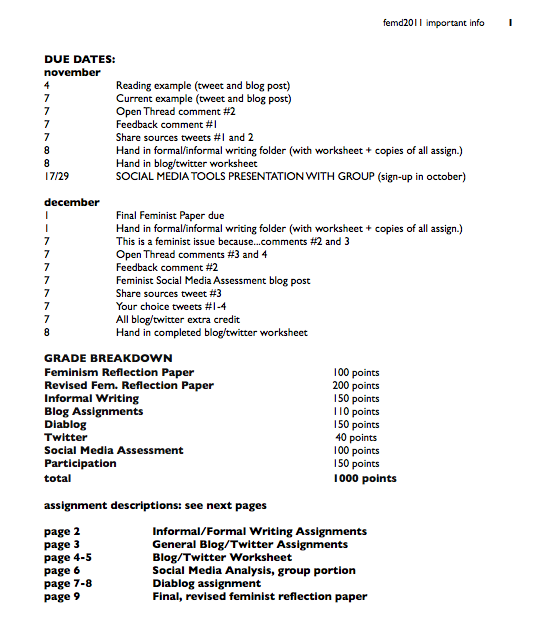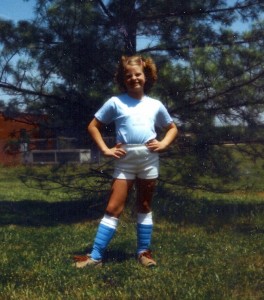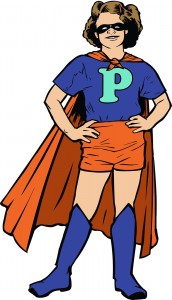I’m still working on archiving and analyzing my past teaching documents. Right now, I just finished finding and uploading all of my assignments to unDisciplined. Eventually some of these assignments and my reflections about them will be included in the first part of my current book project. I’m tentatively calling this first part, Teaching Portfolio, Part 1: Theories, Manifestos, Assessments.
Here’s the tentative title of the entire project:
Making and Staying in Trouble: The Teaching Portfolio of an Undisciplined Educator
Will this title stick around? I’m not sure, but I like the idea of emphasizing making and staying in trouble in my teaching. It is central to how, why and what I teach and my investment in it has led me to a space beside/s the academy.
I also like the idea of making this book a teaching portfolio. Here’s what I wrote about this format a few months ago:
Similar to my first project in which I didn’t “properly” mimic the format of a transcript, I’m not interested in strictly following the format of a standard teaching portfolio. Instead, I want to critically and creatively (and playfully) experiment with it.
Processing Notes
What is a teaching portfolio?
According to A Guide for the Electronic Teaching Portfolio, “a teaching portfolio is a relatively short collection of materials and artifacts selected to document, summarize, and highlight one’s growth, experiences, and strengths as a teacher.” Teaching portfolios often include a statement of teaching philosophy, courses taught, teaching goals, and teaching materials.
I envision this book project as serving this purpose (to document, summarize, and highlight my teaching), but to also play with (trouble, question, twist, disrupt, resist) what it means to be a teacher inside, outside, or beside the academy.
On Students
As I think through what I want to include in my portfolio, I keep coming back to the idea students. I want to craft some statements, manifestos, or lists on 1. students and their relationship/s to the teacher and 2. the teacher and her responsibilities to students. I also want to play around with how to present data on student evaluations and how to provide stories and moments of my life with students in my classrooms. What could that look like?
Evidence of Teaching Excellence
The other name that is often used instead of teaching portfolio is “evidence of teaching excellence.” Excellence is also used within virtue ethics. It means virtue or arete. Since virtues and virtue ethics are a big part of my pedagogy and my teaching portfolio I think it would be fun to play around (trouble, twist, distort, misuse) excellence in this book. How? Again, not sure yet.


